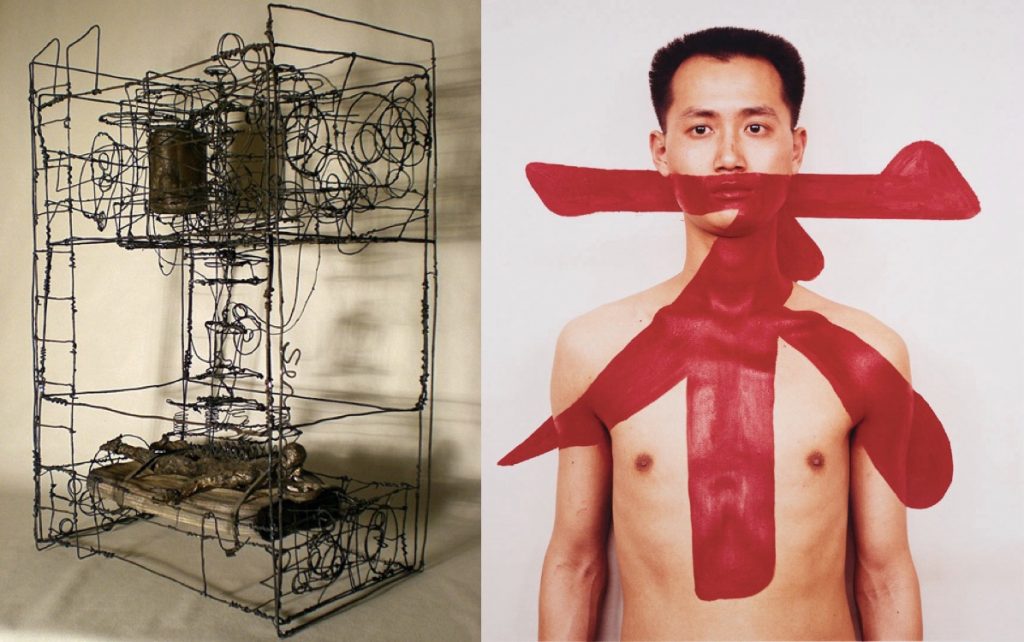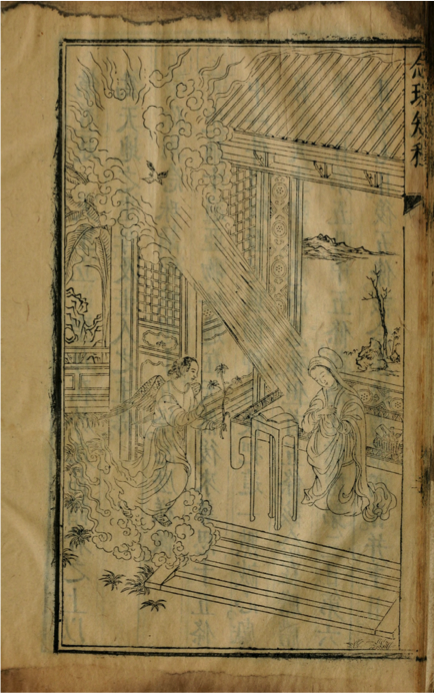Tuesday, May 1, 5:00 – 7:00 pm, CWAC 157 (Please note the special time, location, and format)
Defining the Chinese Landscape of Desolation in Teaching and Research
Corey Byrnes
Assistant Professor of Modern Chinese Literature in the Asian Languages and Cultures Department, Northwestern University
Discussant: Pao-chen Tang, PhD Student, Cinema and Media Studies
Co-sponsored with the Art & Politics of East Asia Workshop

Duan Jianyu, Beautiful Dream #7, 2008
VMPEA and APEA is pleased to present this special session, which will follow a unique format. Professor Byrnes will present an essay in progress as well as two related syllabi. These materials are pre-circulated in the link included here or below. The workshop discussion will be an opportunity not only to offer feedback on the essay, but also to address the challenges of combining research and teaching and designing a syllabus based upon one’s research interests. We will be providing catered dinner. The abstract is as follows:
This joint APEA-VMPEA workshop will center on three related documents: an essay in progress entitled “Landscapes of Desolation” and two syllabi for a course with the same name. The essay is part of a broader attempt to reconsider the role of landscape and “tradition” in the context of environmentally conscious visual and literary culture representing Mainland China (mostly). In general, I am interested in how landscape has come to function as both a privileged way to represent environmental problems in China and also a practical ecocritical mode designed to move people and change behaviors. More specifically, in this essay I consider how specific art historical and cultural influences are used in three interconnected “modes” (the documentary, the trompe l’oeil and the fantastical) of what I am calling the “landscape of desolation” to support this practical ecocritical function. The essay extends some of the ideas I explore in my forthcoming book, Fixing Landscape: A Techno-Poetic History of China’s Three Gorges (Columbia, December 2018), but it emerges more directly from my experiences teaching an upper division seminar on literary and visual responses to environmental degradation in China and Taiwan. For the seminar meeting, I look forward to discussing both the article and also my experience in moving between teaching and researching. As you will see, there is significant overlap between the course materials and the primary and secondary sources I use in the article. The earliest version of this article predates these courses, though the current version really emerged out of my experiences teaching this seminar in the winter of 2016 and again in the winter of 2018.
The paper is available directly below, or at this link. If you have not received the password, or have questions about accessibility, please feel free to contact Nancy P. Lin (nancyplin@uchicago.edu).
This event is sponsored by the Committee on Chinese Studies at the Center for East Asian Studies
Tuesday, May 1, 5:00 – 7:00 pm, CWAC 157
Persons with concerns regarding accessibility please contact Nancy P. Lin (nancyplin@uchicago.edu)







